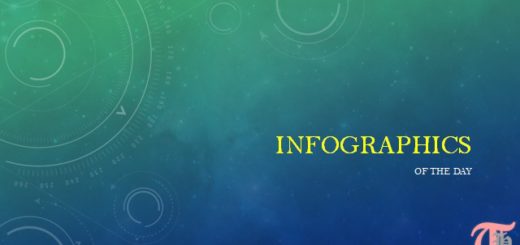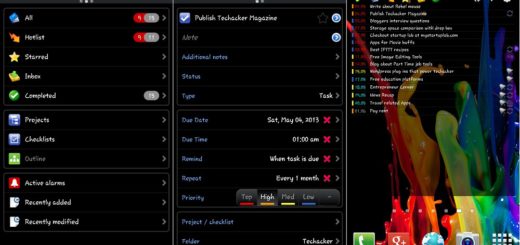Best & worst Times to Pin, Tweet and Share on Facebook [Infographics]
Communication requires at least a sender and a recipient. Hyper-social highly connected world we live in today brings us tools like Twitter, Facebook, Google+, Pinterest, Blogs and hundred other social networks.
But as a society on a very ground level I think we are failing the entire purpose of communication. In order to solve the communication issue we ended up creating channels that are full of NOISE.
For any communication to happen, there are four necessary ingredients.
- Sender – the person who wants to start a message that is you and me.
- Message – the message itself that is the content. This post for example is a message.
- Medium – the channel used to send the message across. In social context that would mean tools such as Twitter, Blog post, Pinterest, Facebook etc.
- Recipient – the person/group on the other end whom the sender wants to share information with – that would again be the audience, you and me.
What is NOISE?
[themify_quote]Noise, in social context, is something that no one is receiving. Like the tweet no one reads, blog posts no one cares about and anything else that is in abundance. The message for which there is no defined recipient is NOISE in my opinion.[/themify_quote]
As per Wikipedia,
[themify_quote]Communication meaning “to share” is a purposeful activity of exchanging information and meaning across space and time using various technical or natural means. Communication requires a sender, a message, a medium and a recipient. The communication process is complete once the receiver understands the sender’s message.[/themify_quote]
Having said that, the next question in my opinion is how to improve on communication then. How do we reduce the noise? How do we make sure that our message reaches as many recipients as possible with minimum effort?
Believe me, there are no shortcuts to these questions. You will have to analyze your own situation and understand what works and what not.
Many people I know don’t use Twitter because to them it feels like throwing “a drop in the ocean” where there are so many sharks.
So how do you solve this mystery? Well, the guys at SurePayroll have put together an informative graphics that based on their experience and insights from tools they used, seem to have worked for them. It is worth trying some of the tips mentioned in this infographics to see if works for you as well. The infographics shows the best and worst times to Pin on Pinterest, tweet on Twitter, share on Facebook and Google+.
If not, try to tweak a little bit at a time and see if that works for you. It would at least give you a starting point and then you can build your own workflow from there. Also, to take the most advantage of this information I would highly recommend using tools like Buffer, Klout, Facebook scheduled post feature and others that let you plan in advance.
Best and Worst Times to Pin, Tweet and Share on Facebook
Over to you
Would you care to share what works for you? How often do you share on Twitter and other social media channels and when you get the best results?
[via SurePayroll]





Good article. Really useful tips.
Thanks Vivita, Appreciate your visit on @techacker…
Nice analysis and write up Anurag. I agree with most of the content. however on a few things, I think differently. while I agree that most of the undirected message is actually a noise, but sometimes you tend to throw up some information in air ( in forms of retweet for example) just because you want others to know it even if you may or may no endorse. but the analysis on best & worst times to posts is excellent. Good job buddy. Keep blogging…
Thank you Vivek for dropping by…
That’s essentially my point – with the invention of social networks, whether it is Twitter or Facebook, we have lost the intention of communication.
We have started to just ‘throw up’ some information instead of targeting specific audience. And unintentionally end up creating NOISE.
Without knowing we have endorsed this culture and have become part of it. We have started to like if one or two people retweet or like our statuses. We throw some information wishing “someone” (not a target audience) reads or endorse the message. Right…
I think it is because Twitter is setup this way. Facebook still seems a little targeted as we are targeting our friend circle.
My point is that we need to understand how to make it more personal and targeted so that people participate in conversation. I guess we are at this juncture in social communication where these tools need to become more engaging.
“Instead of BROADCASTING, we should invite DISCUSSION and CONVERSATION.”
What do you think?
Thanks again for your valuable input.
-Anurag